The ancient technique of dehydrating food
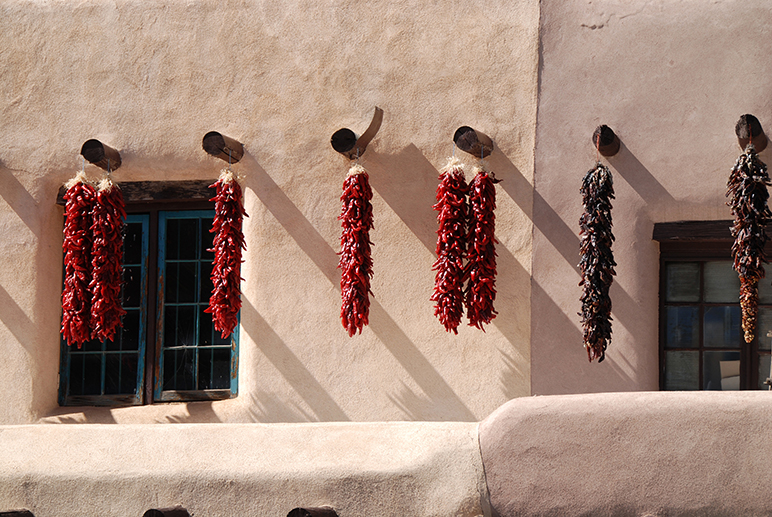
Drying food in the sun has been going on since the beginning of recorded human history. All you need is direct sunlight for several days and a low-humidity atmosphere of below 20%.1
How stuff works. “How dehydrated food works.” Accessed 2nd November 2019. So, your geography matters, which is why sun-dried foods are a central part of certain cultures. Evidence shows that Middle Eastern and Oriental cultures dried foods as early as 12,000 BCE. Around 2,800 BCE the ancient Egyptians used to dry fish, poultry, dates and raisins for long-term storage. In the Middle Ages (between 630CE to 1630CE), cocoa leaves and fruits were sun-dried in Mexico and Peru.2
Sabarez, H. (2016). “Drying of Food Materials.” CSIRO Food and Nutrition. Accessed 2nd November 2019.
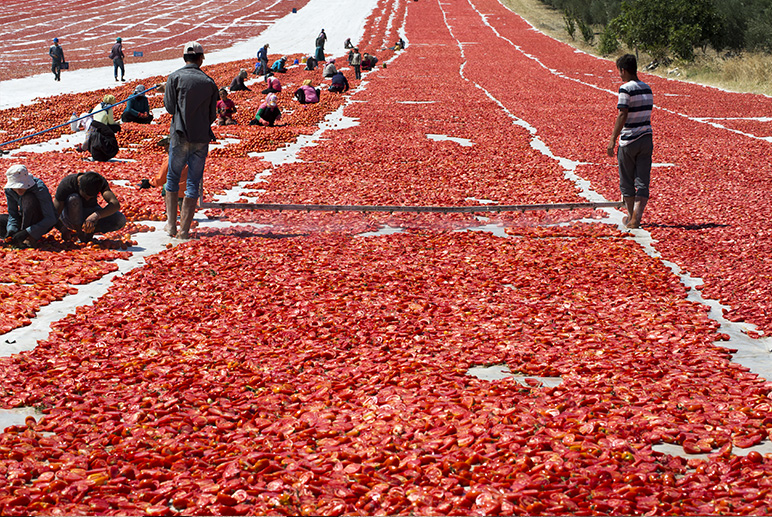
Some of the ancient dehydration methods are still the best ones – take, for example, sun-dried tomatoes. After being cleaned, sorted and pretreated with sulphites, halved tomatoes are laid out on wooden drying trays in the sun for 9 to 14 days.6
The Produce Nerd Youtube channel. “How sun dried tomatoes are made.” Accessed 2nd November 2019. Compared with mechanical alternatives, sun-drying tomatoes is still the best method to prevent loss of nutrients and allow flavours to concentrate.7
Latapi, G. & Barrett, D. M. (2006). ‘Influence of Pre-drying Treatments on Quality and Safety of Sun-dried Tomatoes. Part I: Use of Steam Blanching, Boiling Brine Blanching, and Dips in Salt or Sodium Metabisulfite”. Accessed 2nd November 2019.
The first food dehydration machine
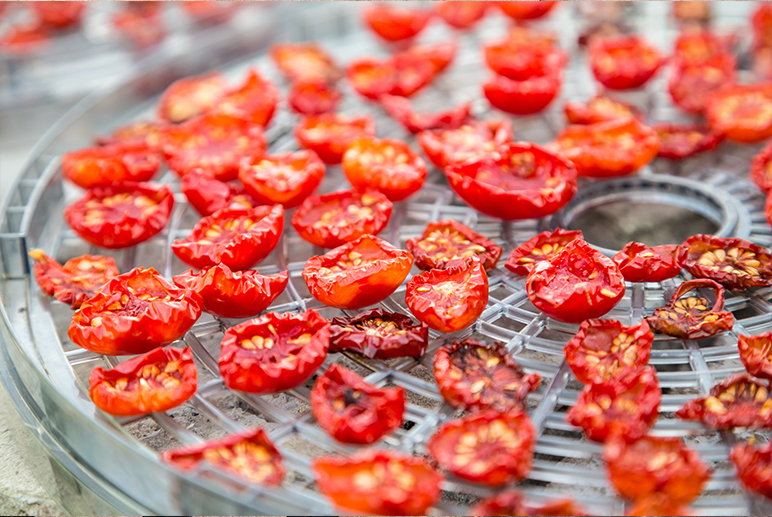
The first automated drying process was created in 1795 by French inventors Masson and Chollet. The machine fed sliced fruit and vegetables into a hot-air dehydration chamber, with a controlled temperature of 40°C dehydrating produce ready to be pressed and sealed in tin foil.3
Encyclopaedia Britannica. “Food preservation: Dehydration”. Accessed 2nd November 2019. Since then, various techniques for dehydrating food have been developed. Here, we will examine how two of the most common drying methods work.
Spray drying food
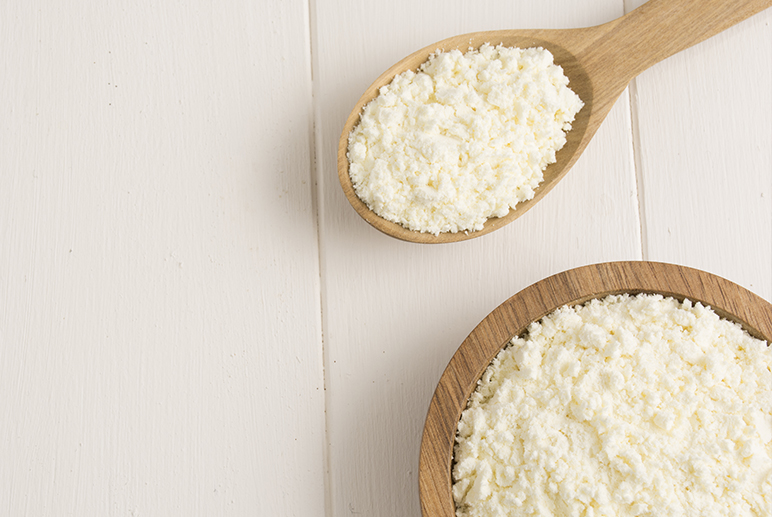
The dairy industry is one of the largest processors of dehydrated food. Many dairy products are spray dried, meaning they are atomised into a fine mist and then brought into contact with hot air. The moisture is instantly removed, leaving only the milk powder as a product. This method is used to make powders such as milk, whey
The watery part of milk that remains after the formation of curds. and yeast, as well as some ice creams, cheese and fruit juices. Although spray drying food gives you the product quickly, it is a very expensive technique requiring a lot of energy.2Sabarez, H. (2016). “Drying of Food Materials.” CSIRO Food and Nutrition. Accessed 2nd November 2019.
Freeze drying food
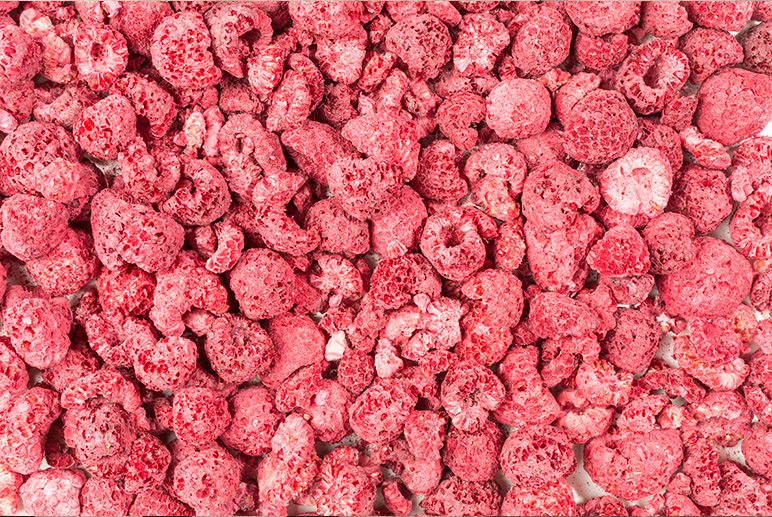
As the food is frozen, its moisture is turned into ice. It is then put into a vacuum at -45°C, and the ice is removed by sublimation, meaning it goes directly from a solid to a gas without ever entering liquid form. The advantage is that the food will maintain its structure and flavour, and almost any food can be freeze-dried.1
How stuff works. “How dehydrated food works.” Accessed 2nd November 2019. Like spray drying, however, this method can also be expensive. To make up for high production costs, it is mainly used on high-value consumer products, such as coffee.
Pros and cons of dehydrated food
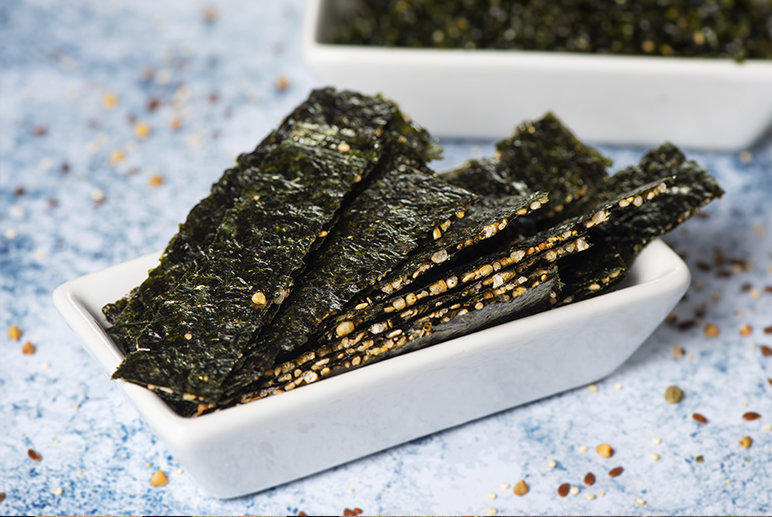
Food dehydration reduces the size and weight of the food while keeping some of its nutritional content. For example, if you dry 9.1kg of plums, you will get 1.1kg of prunes. This makes it much easier to transport and store, not to mention an amazing longevity of 6 months to a year, compared to a typical 3-5 days for a fresh plum.
So, what are the downsides? Firstly, dehydrated food has a bad reputation for changing the flavour of food, often not for the better, as well as creating a tough and leathery texture. On top of that, many foods lose vitamins and other valuable nutrients in the process. For example, apples, apricots, peaches and plums lose 6% of their vitamin A, 55% of thiamin, 10% of niacin, and a massive 56% of their vitamin C when dried.3
Encyclopaedia Britannica. “Food preservation: Dehydration”. Accessed 2nd November 2019.
Retaining nutritional value
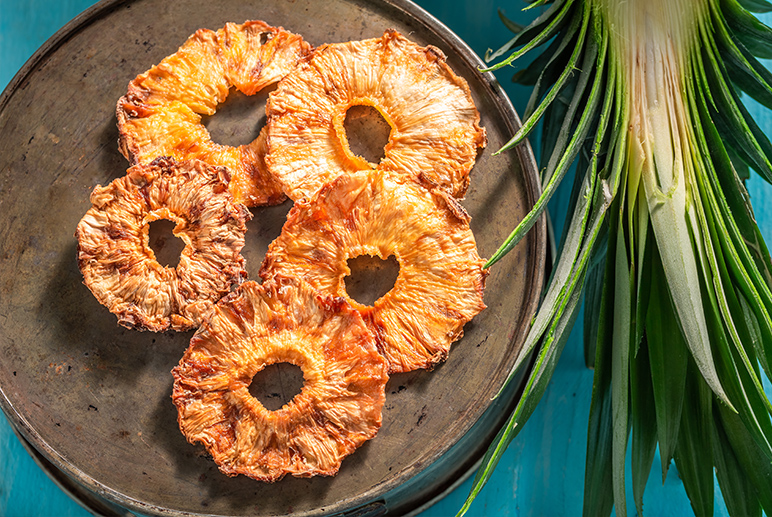
On the other hand, if you were to measure the amount of nutritional content by weight, then dried foods have the advantage over their fresh counterpart.3
Encyclopaedia Britannica. “Food preservation: Dehydration”. Accessed 2nd November 2019. It is much easier to eat ten dried apricots than ten fresh apricots in one sitting. So, the sheer quantity you can easily consume may make up for lower levels of nutrients per fruit. Added calories and fibre also make it a firm favourite among campers and those going on long expeditions.
In some cases, the nutritional value and vitamins can be retained by blanching food before drying them, a process that is often used when drying vegetables.5
Kendall, P., DiPersio, P., Sofos, J. (2004). “Drying Vegetables”. Accessed 2nd December 2019. When preserving fruit, a sulphur gas or sulphite dip is preferred before starting the dehydration process to slow down the oxidation (darkening of the fruit) and slow the breakdown of vitamins A and C.

nice one